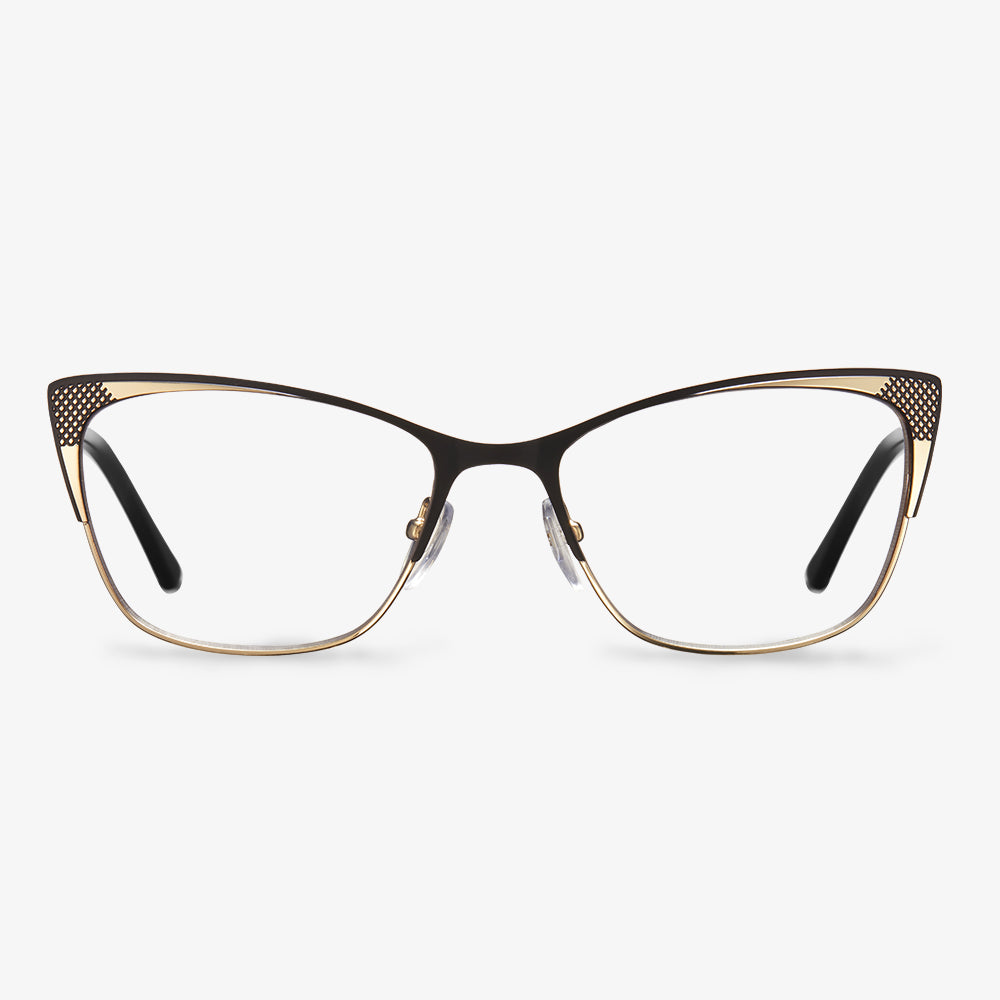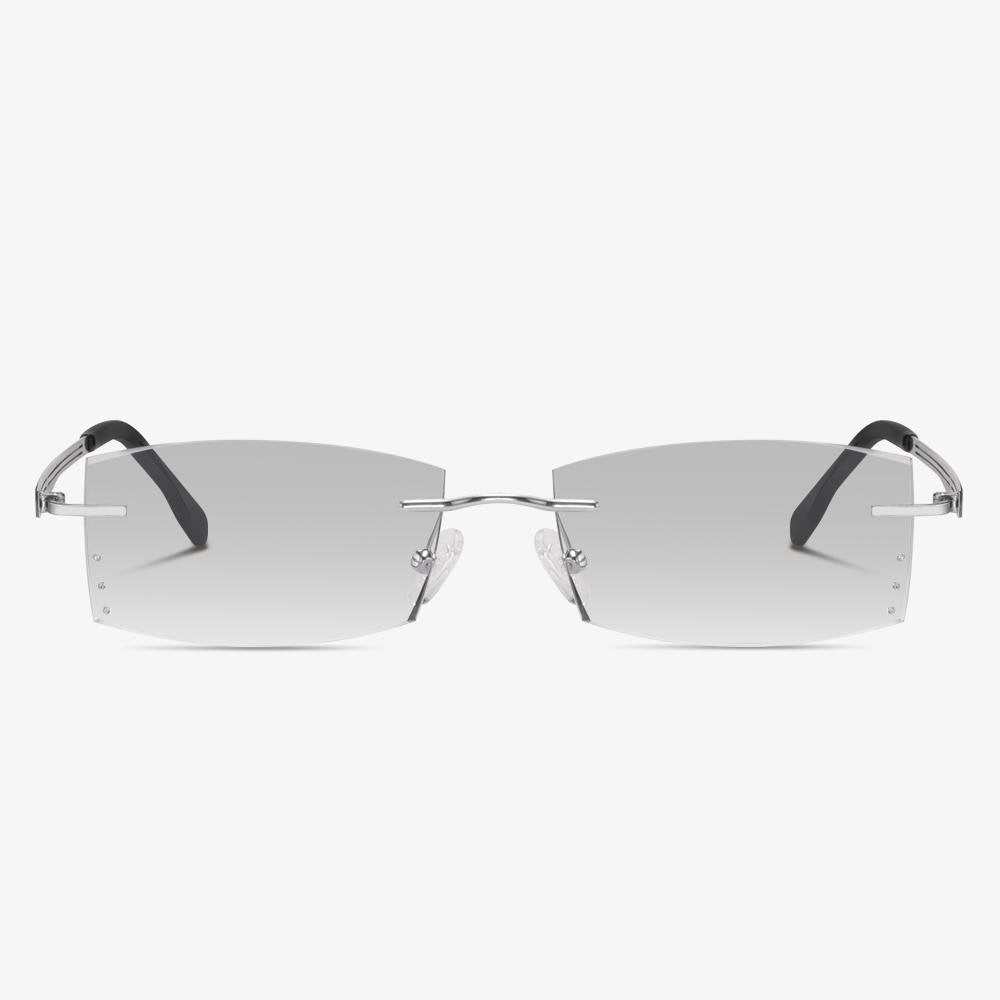How to Get Used to Progressive Lenses?
It is common that your vision may change when you are over age 40. You can find it is happening when have to hold your favorite book, the daily newspaper, or a restaurant menu farther away just to read it. This is an eye condition called presbyopia. It is normal and almost all of us get it as we reach middle age.
This eye condition often can be corrected by progressive lenses which allow you to see objects from far to near clearly. With progressive lenses, you do not have to switch your glasses to see far or near objects frequently.
However, since progressive glasses have three different prescriptions in one lens, it may be difficult for some people to adapt to the new ones. So, in this post, we will show you how to get used to progressive lenses.
Kirkland Signature™ HD Digital Progressive Lenses
They use the latest lens manufacturing technology to provide high-definition vision at any distance. Giving you sharper vision in all conditions, all lenses have anti-reflection treatment, and they have superior scratch resistance and superior quality. The lenses help provide a greater reading area and less distortion than standard lenses. And they give each lens a cosmetically attractive appearance.
Clear glasses can be stylish for children.
Children who wear clear glasses can choose the glasses with good gloss, high hardness, and are not easy to scratch, not easy to wear, durable. Colorful, beautiful, and fashionable glasses show the lovely image of childlike innocence. They had better have the characteristic such as corrosion-resistant, not an easy allergy quality. They are tough enough, colorful, fashionable, and energetic.
What are bifocals?
A bifocal lens is a lens with two focal points. Because of the imaging principle of the lens, even half of the lens can still present a complete image, and the two images do not interfere with each other. In the past, both short-sighted glasses and presbyopia glasses were called single-focal lenses, which had only one focus. Later it developed to the bifocal lens, and the same lens is divided into upper and lower two parts. The upper part of that lens is used when seeing far, and you look down when seeing close objects, just the reading distance, naturally used the second half.
Bertoni polarized glasses
Bertoni polarized night vision driving glasses are made of strong, flexible, durable, and ultralight polycarbonate. Yellow polarization increases contrast, improves visual acuity, and filters out blue light. They are great for drivers, cyclists, and winter sports enthusiasts. The driving glasses with polarized yellow lenses block glare from headlights, reduce night driving glare, improve night vision, and improve color clarity and visual clarity. They are ideal for driving in low-light conditions. Most sports sunglasses glasses frames and goggles are made of polycarbonate because of their strong, thermoplastic, lightweight, and impact resistance features.
Who should wear blue light glasses?
Teenagers, middle-aged and old people need to wear blue light glasses. The lens of a teenager is clear, pure, and still developing. Their eyes are less resistant to blue light than adults and are more vulnerable to long-term exposure to blue light, which can promote the development of myopia. Teenagers study more nervous, are free to love to play computer games, love to watch TV programs. Blue light damage can be said to be everywhere. As a result, teenagers are among the biggest victims of blue light. Macular degeneration is a common disease in the elderly, usually occurring after the age of 45, and the incidence increases with age. Blue light can accelerate the progression of macular degeneration, especially in patients following cataract surgery. Blue-blocking glasses are still the best preventative measure.
Why should you take care of your rimless glasses?
Rimless glasses are not supported by the outside of the lens frame but are supported directly by the temples of the glasses.Because rimless glasses only rely on both sides of the temples directly with the lens joint, with less protection of the lenses ring. It is easy to cause lens wear, screw loose, so special attention should be paid to maintenance.











































